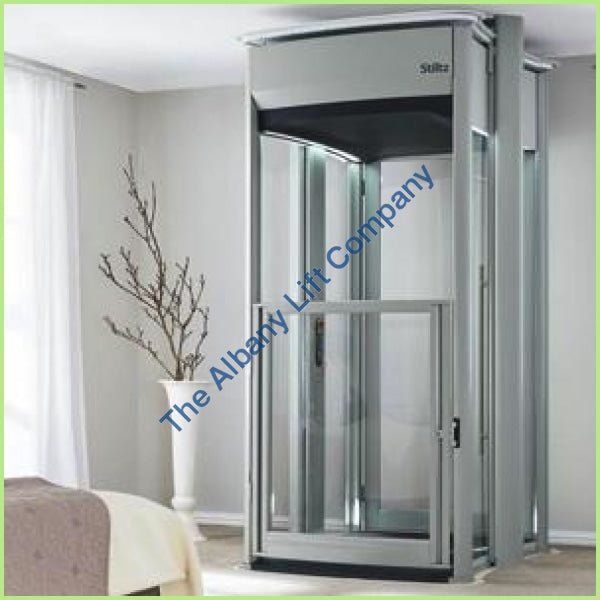London Lift Company: Trusted Specialists for All Your Upright Transportation Requirements
London Lift Company: Trusted Specialists for All Your Upright Transportation Requirements
Blog Article
Diving Into the Globe of Elevators: Typical Concerns Dealt With by Various Lift Devices
As we browse via the upright transportation systems of modern structures, lifts stand out as an essential element of our daily lives. From hydraulic elevators to traction systems and machine-room-less layouts, each lift type comes with its collection of typical problems.
Hydraulic Elevators
Hydraulic lifts, usually preferred for low-rise structures, make use of fluid stress to manage the motion of the lift cars and truck (lift repair companies). This device entails a hydraulic pump pressing oil into a cylinder, creating the lift to relocate in the preferred instructions. While hydraulic lifts are recognized for their smooth and silent operation, they do come with their own set of common issues
One common issue with hydraulic lifts is oil leak. Furthermore, problems with the control system, such as malfunctioning valves or a malfunctioning pump, can cause interruptions in the elevator's motion.
Routine maintenance and prompt repair services are important to ensure the smooth performance of hydraulic elevators. By attending to these common issues proactively, structure owners can decrease downtime and make sure the security and performance of their upright transport system.
Traction Elevators
When taking into consideration vertical transportation systems in buildings, one more common type besides hydraulic elevators is the grip lift. Grip elevators operate utilizing a system of ropes and weights that relocate the lift vehicle by clutching onto the hoist ropes. This system permits smoother and faster upright transport contrasted to hydraulic systems.
Among the common problems dealt with by grip elevators is rope wear. The constant movement of the ropes within the traction system can bring about tear and put on in time, possibly creating the lift to breakdown or come to be hazardous for usage. Routine inspections and maintenance of the ropes are necessary to make sure the elevator's correct functioning and safety.
An additional concern that grip elevators may come across is associated with the control system. Troubles with the control system can lead to concerns such as unpredictable motion, delays in response times, or perhaps complete closures. Routine screening and upkeep of the control system are essential to protect against such concerns and guarantee the elevator's dependability.
Machine-Room-Less (MRL) Lifts

Among the crucial components of MRL elevators is the compact gearless grip maker that is mounted within the hoistway. This device efficiently drives the lift cars and truck without the requirement for bulky equipment discovered in typical traction elevators. Additionally, MRL elevators typically use a weight system to stabilize the auto, more enhancing their power effectiveness.
Despite their benefits, london lift company MRL elevators might encounter difficulties connected to repair and maintenance due to the confined space for equipment setup. Availability for servicing elements within the shaft can be restricted, calling for specialized training for specialists. Correct maintenance schedules and routine inspections are essential to ensure the continued smooth operation of MRL elevators.
Overloading and Weight Restriction Issues
Overwhelming and weight restriction issues are essential problems in lift procedures. Lift suppliers design raises with specific weight capacities to make sure traveler security and tools long life.
When elevators are strained, it places too much stress on the motor, cable televisions, and other components, possibly creating breakdowns or malfunctions. Safety and security devices such as sensing units and overload sensing units are in place to stop lifts from relocating if they spot excess weight. Additionally, exceeding weight restrictions can lead to increased energy intake and wear and tear on the elevator system.
To minimize overloading problems, constructing lift repair near me supervisors should plainly display weight restrictions in lifts and educate residents on the value of adhering to these constraints - lift repair companies. Regular maintenance checks by qualified service technicians can also assist make sure that elevators are operating within secure weight criteria. By resolving overloading and weight restriction concerns proactively, building proprietors can improve lift security and efficiency
Electric System Failures
Exceeding weight limits in lifts can not just cause mechanical problems but additionally potentially add to electrical system failings within the lift facilities. Electric system failures are a vital worry in elevator operation, as they can cause unexpected closures, malfunctions, and even security threats. One usual electric problem is the getting too hot of elements as a result of extreme existing circulation brought on by overwhelming the elevator past its capacity. This can result in harm to the electric motor, circuitry, or control systems, causing costly repair work and downtime.
Moreover, power surges or variations in the electrical supply can also interfere with the lift's procedure, impacting its efficiency and safety. These electric disturbances can harm sensitive lift elements such as control panels, motherboard, or sensing units, bring about system failings. Normal upkeep and examinations are important to identify and resolve potential electrical concerns quickly, making sure the reliable and safe procedure lift companies in London of lift systems. By adhering to weight restrictions and carrying out routine electrical system checks, building proprietors can minimize the danger of electric failures in lifts.
Conclusion

Hydraulic elevators, commonly liked for low-rise structures, utilize fluid pressure to manage the activity of the elevator cars and truck.When taking into consideration upright transport systems in buildings, an additional typical kind apart from hydraulic elevators is the grip lift. Grip lifts operate making use of a system of ropes and weights that relocate the lift car by gripping onto the hoist ropes. Unlike traditional lifts that need a separate machine area to house the devices, MRL lifts integrate many of the elements within the shaft, eliminating the need for a devoted maker space.In conclusion, elevators encounter typical problems such as hydraulic malfunctions, grip system failures, and electric system troubles.
Report this page